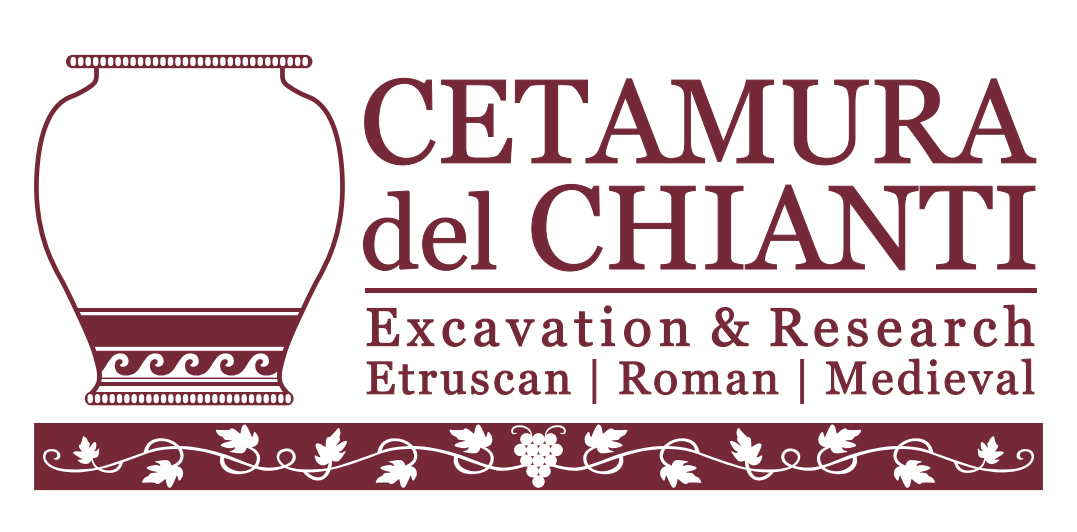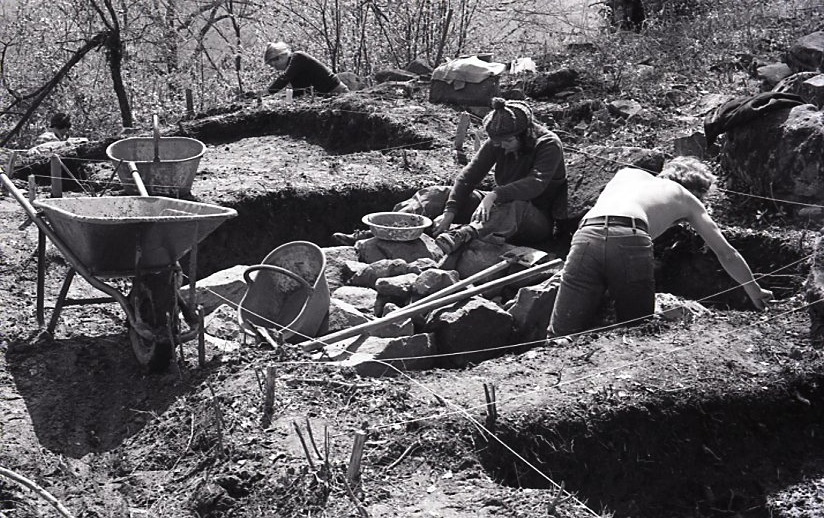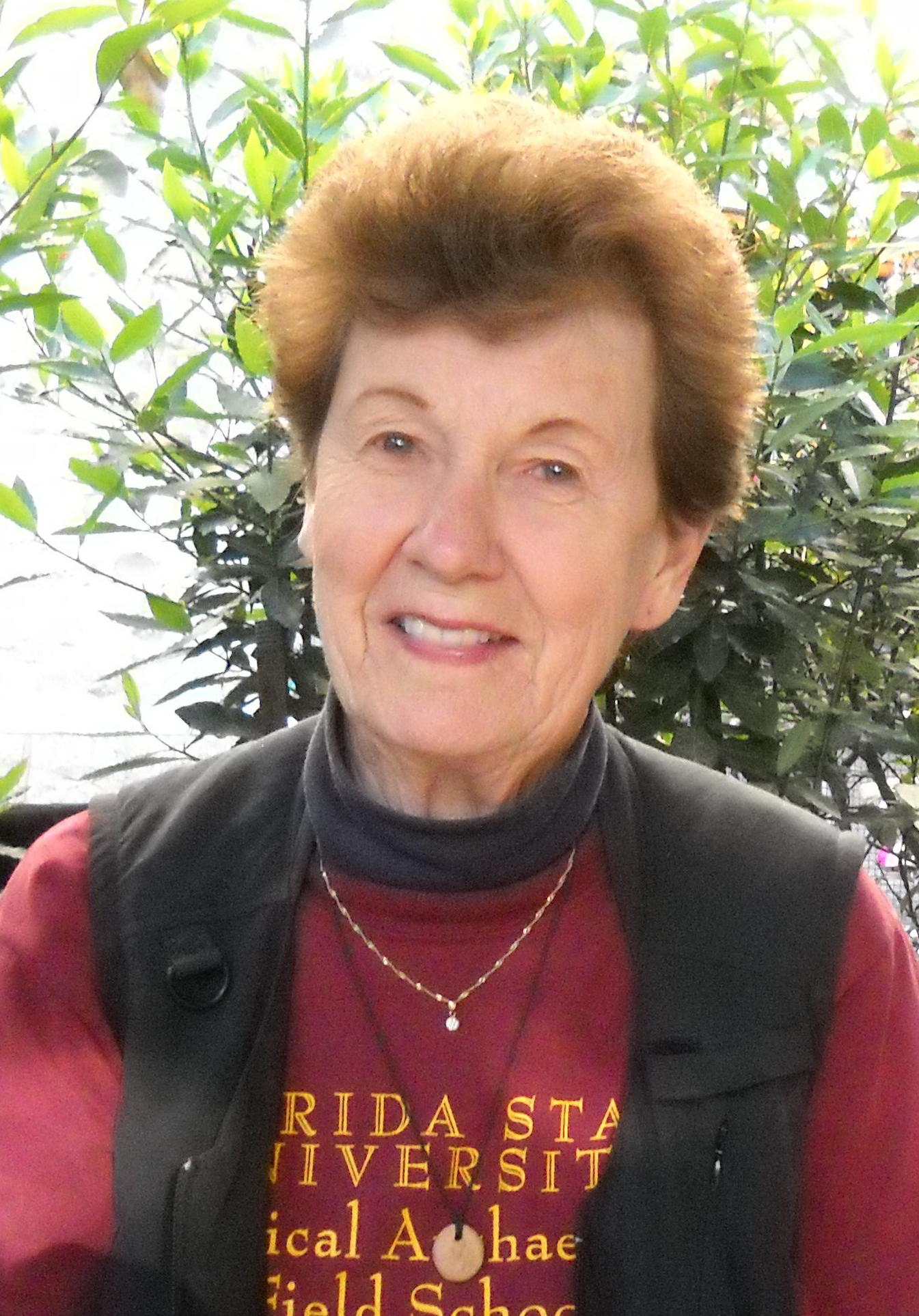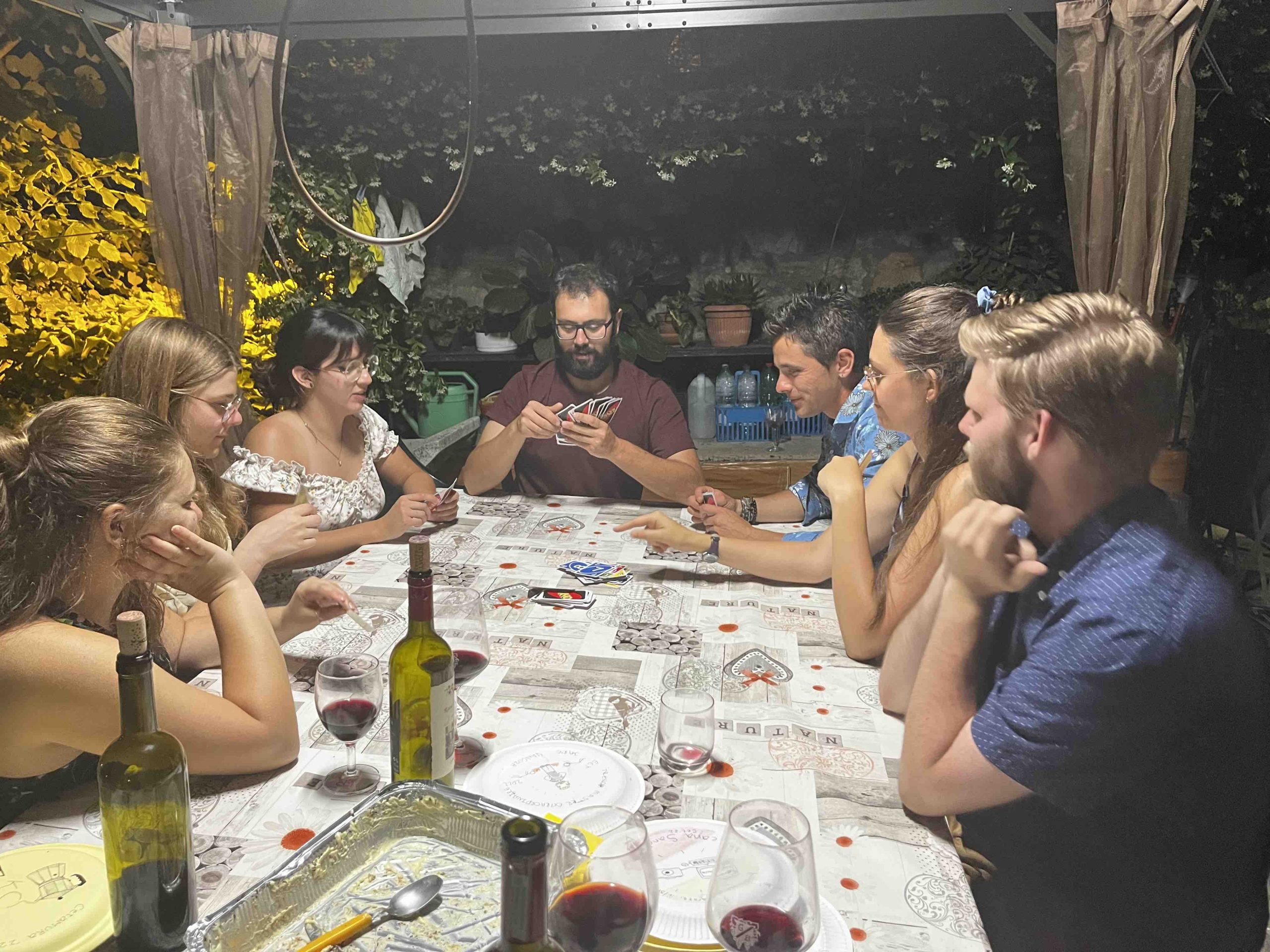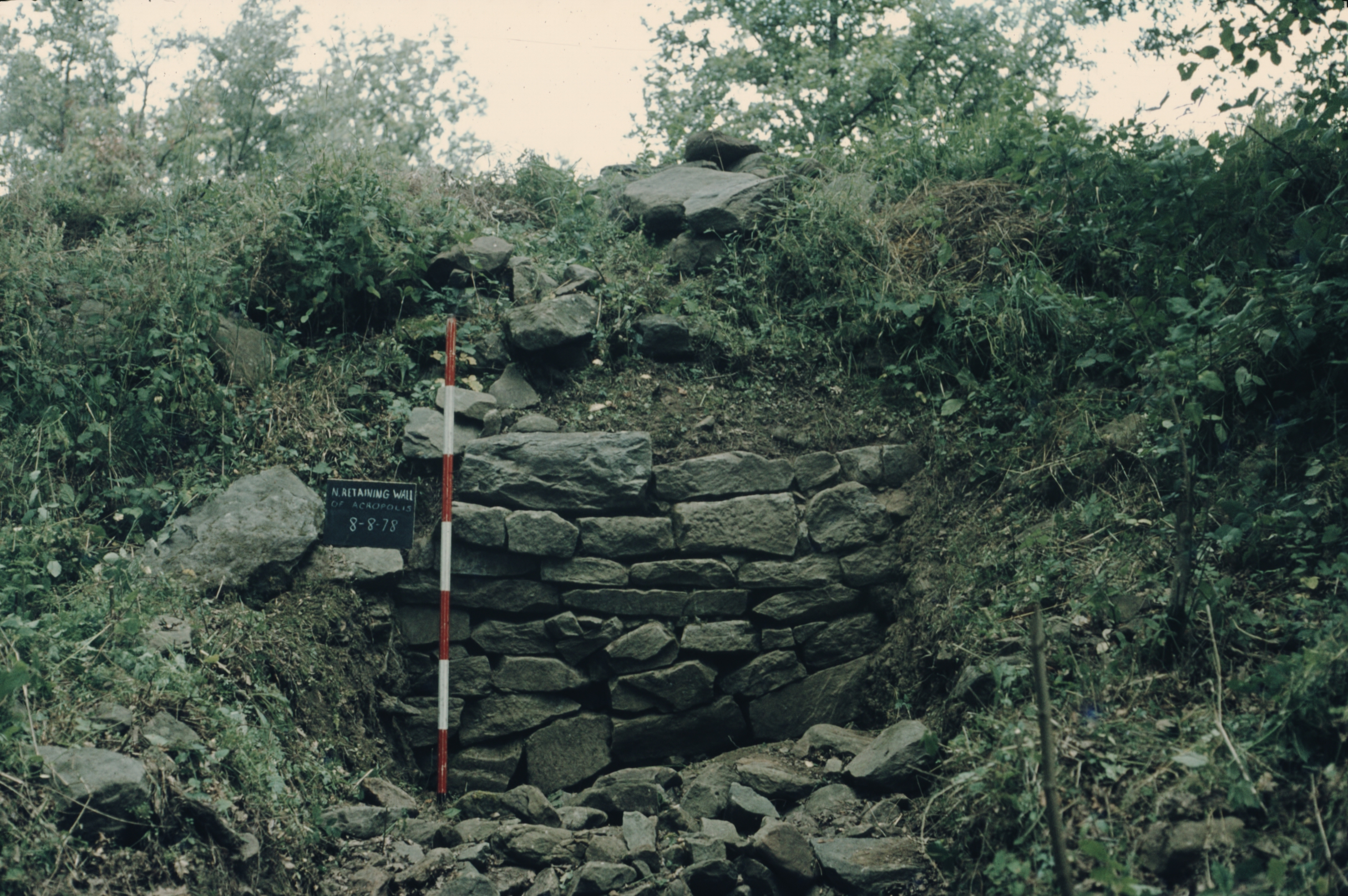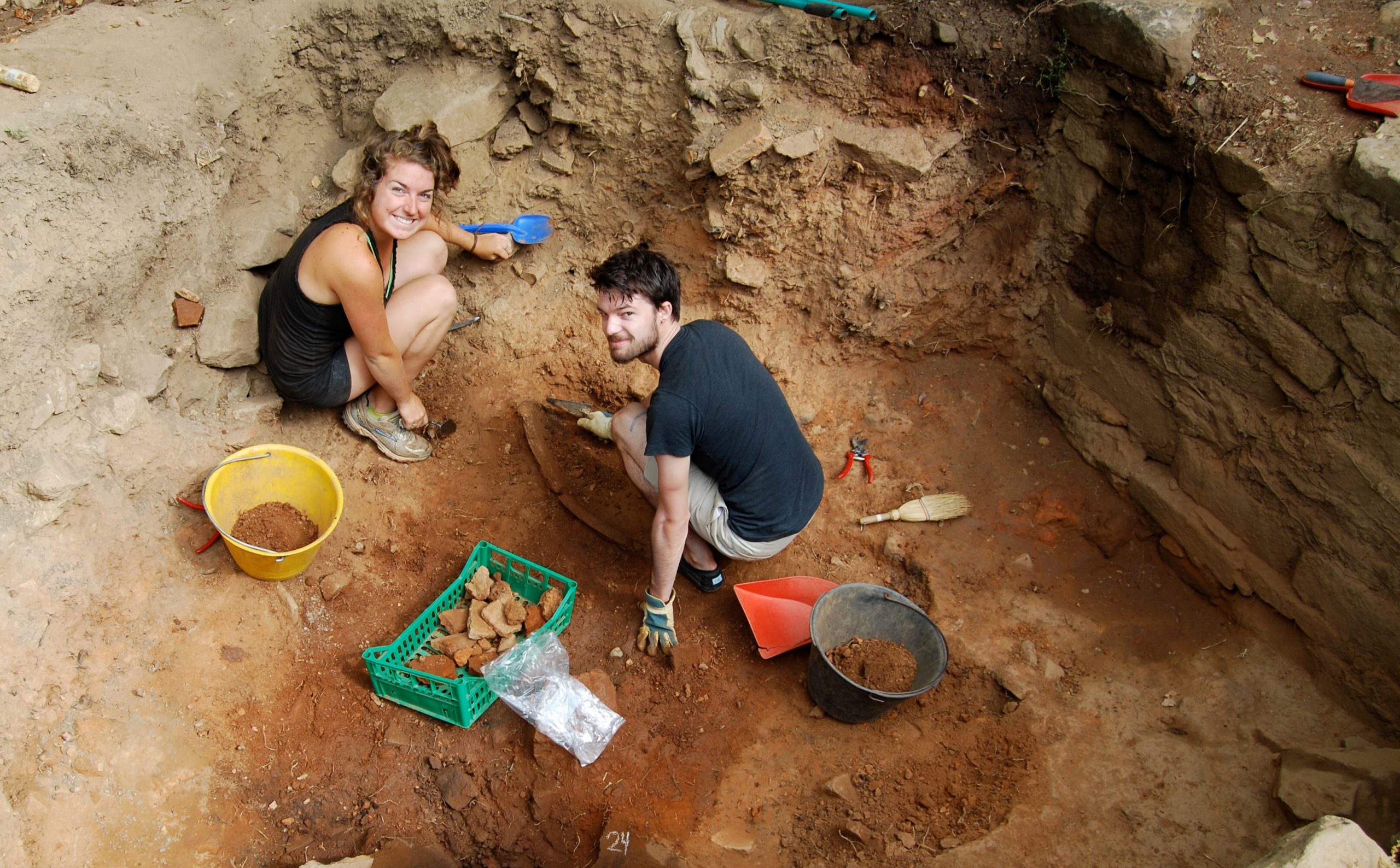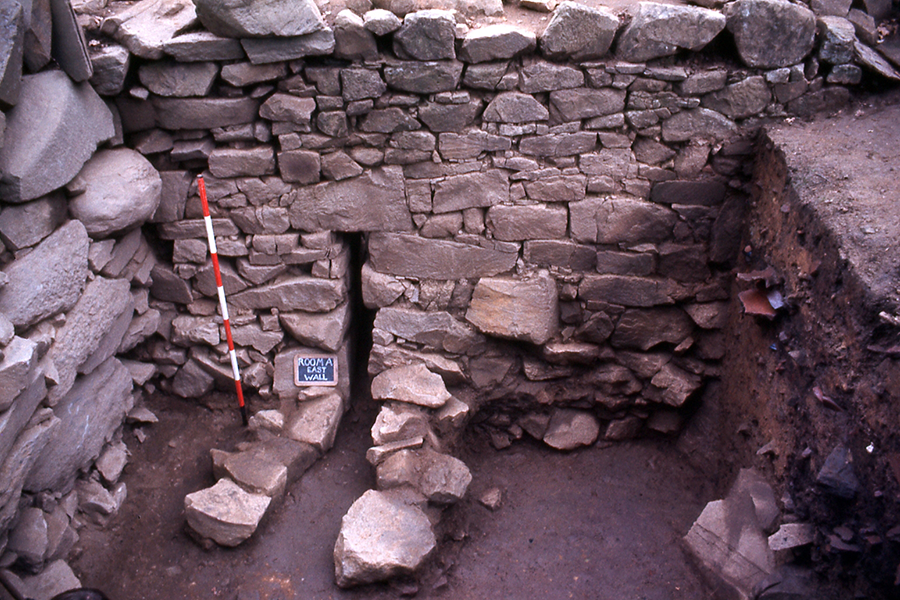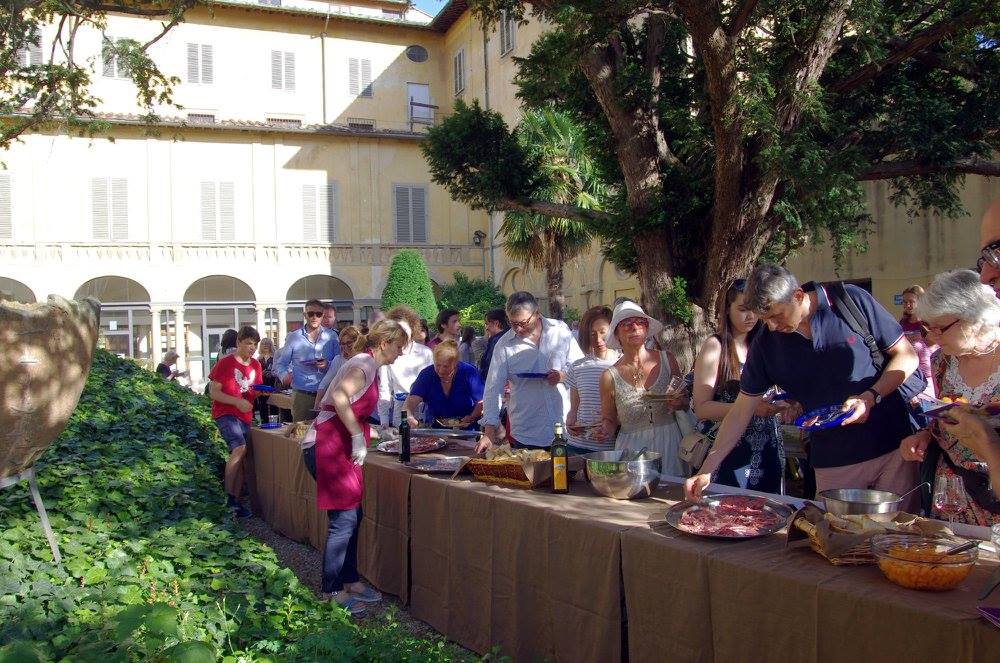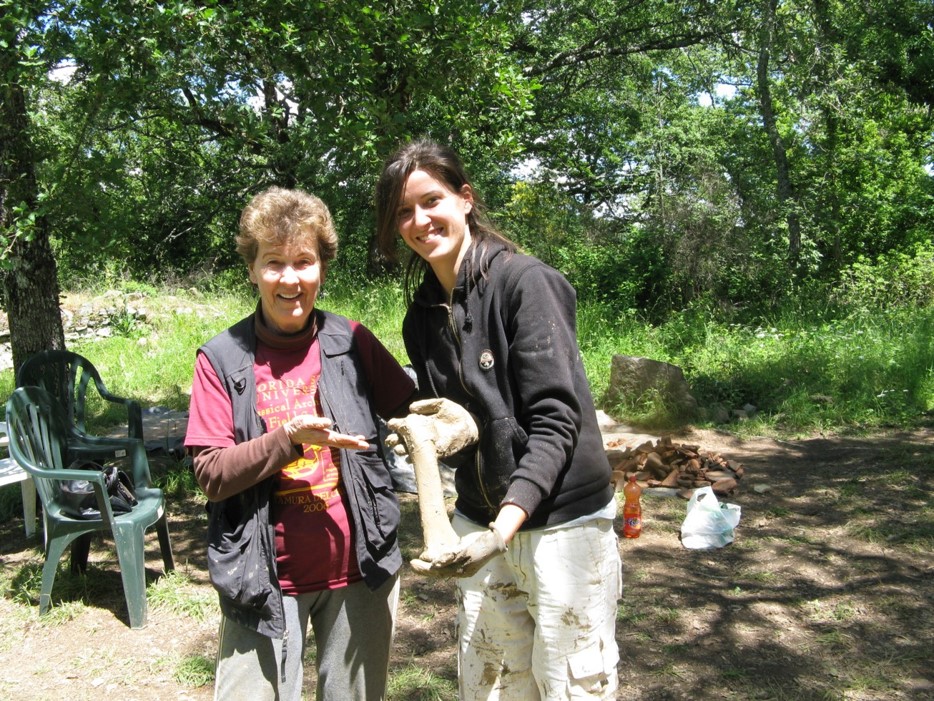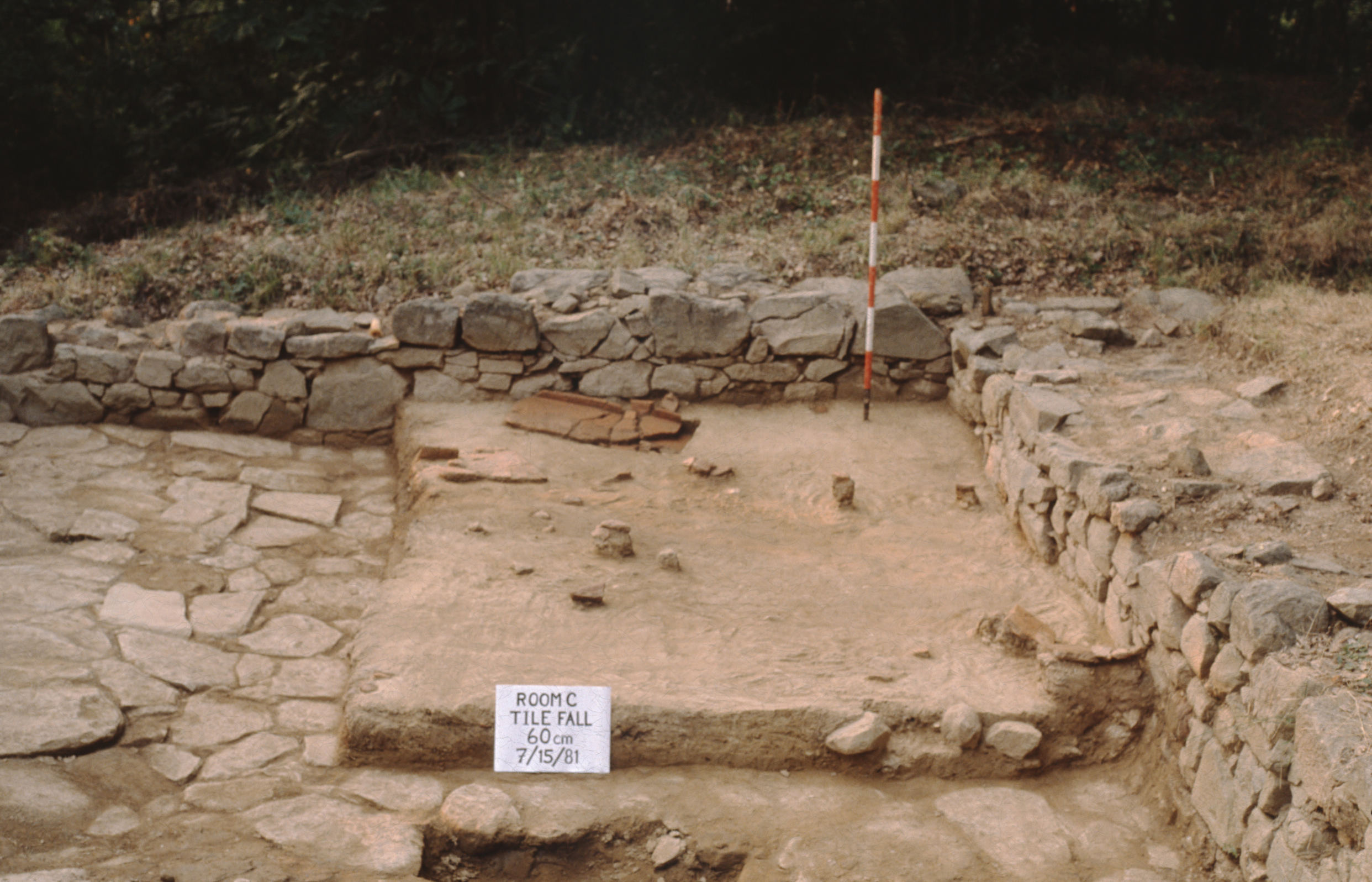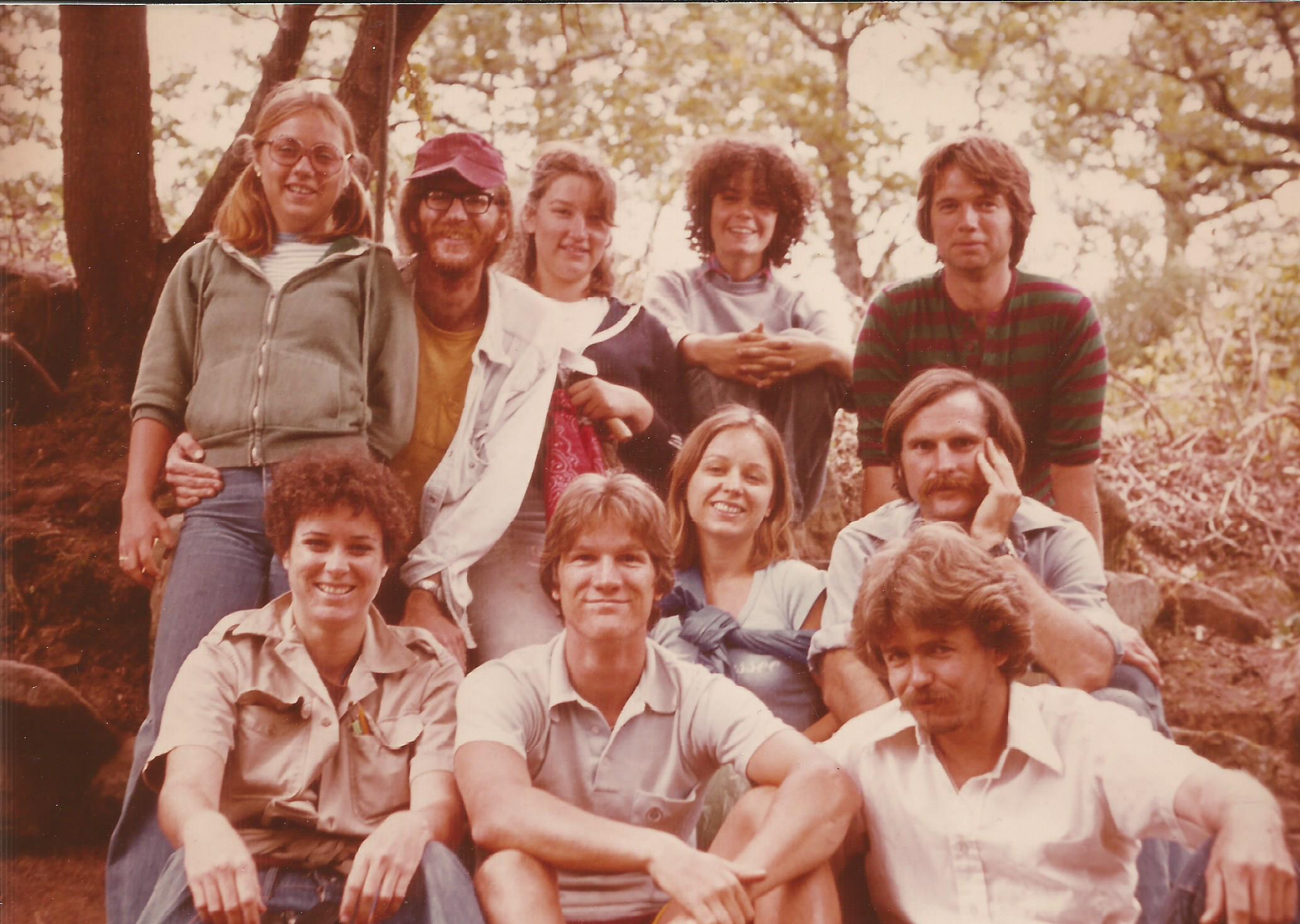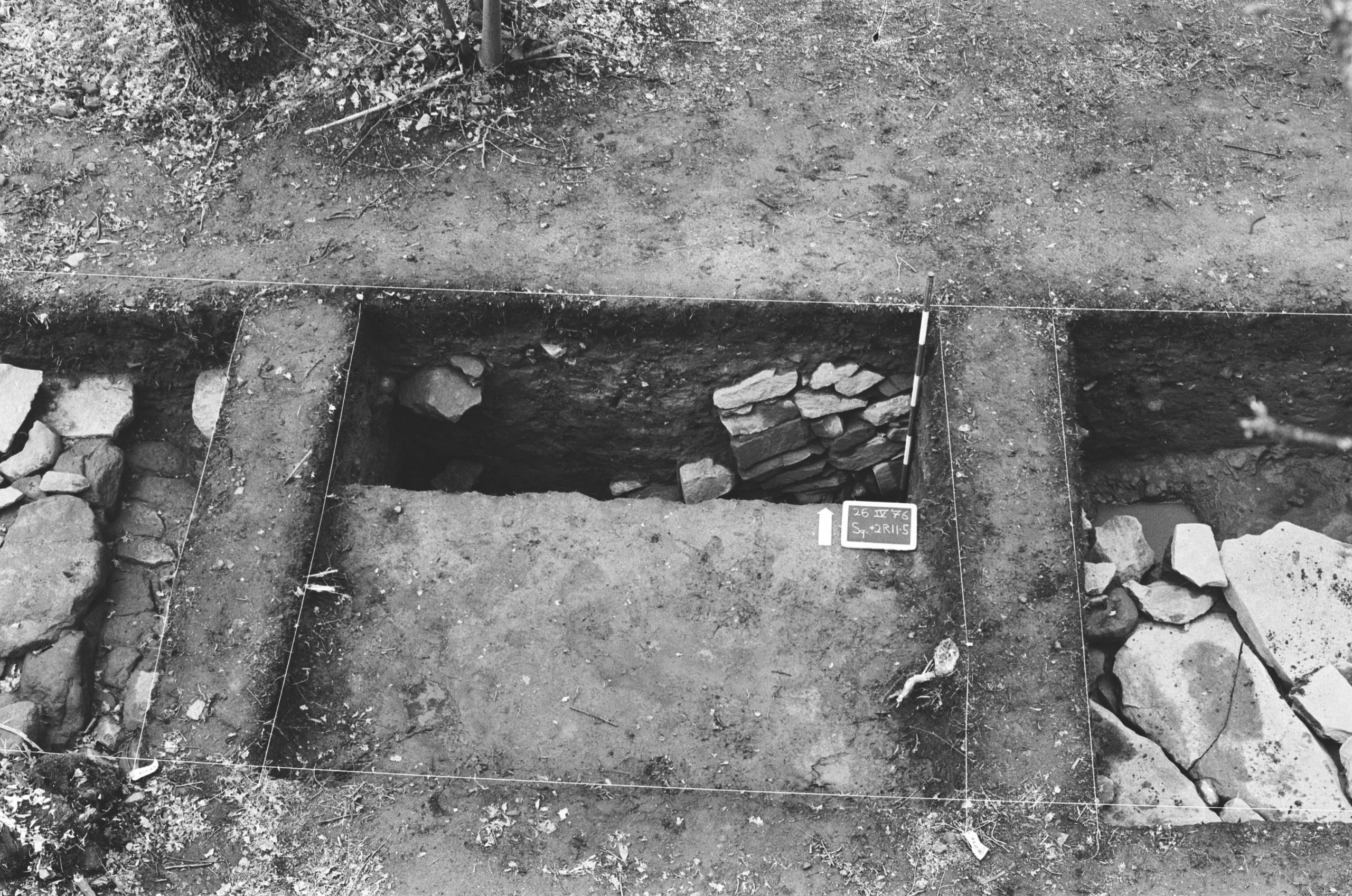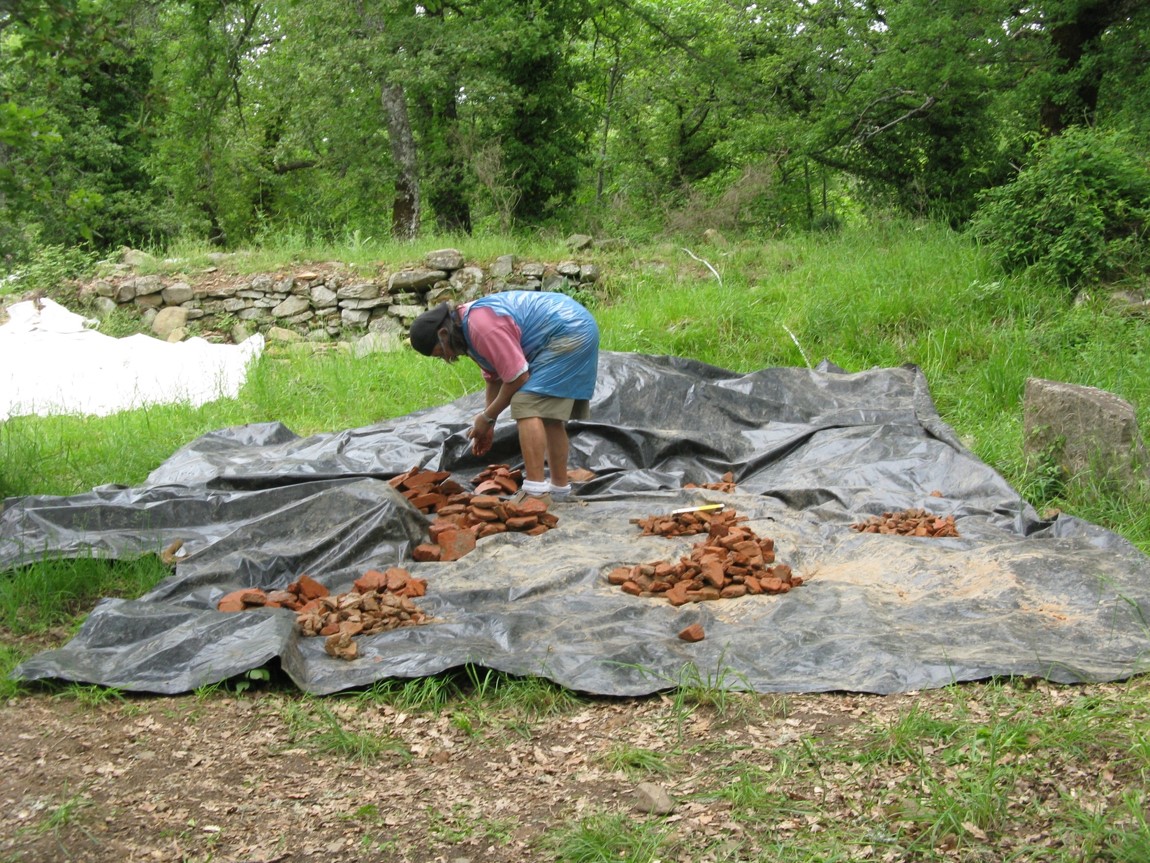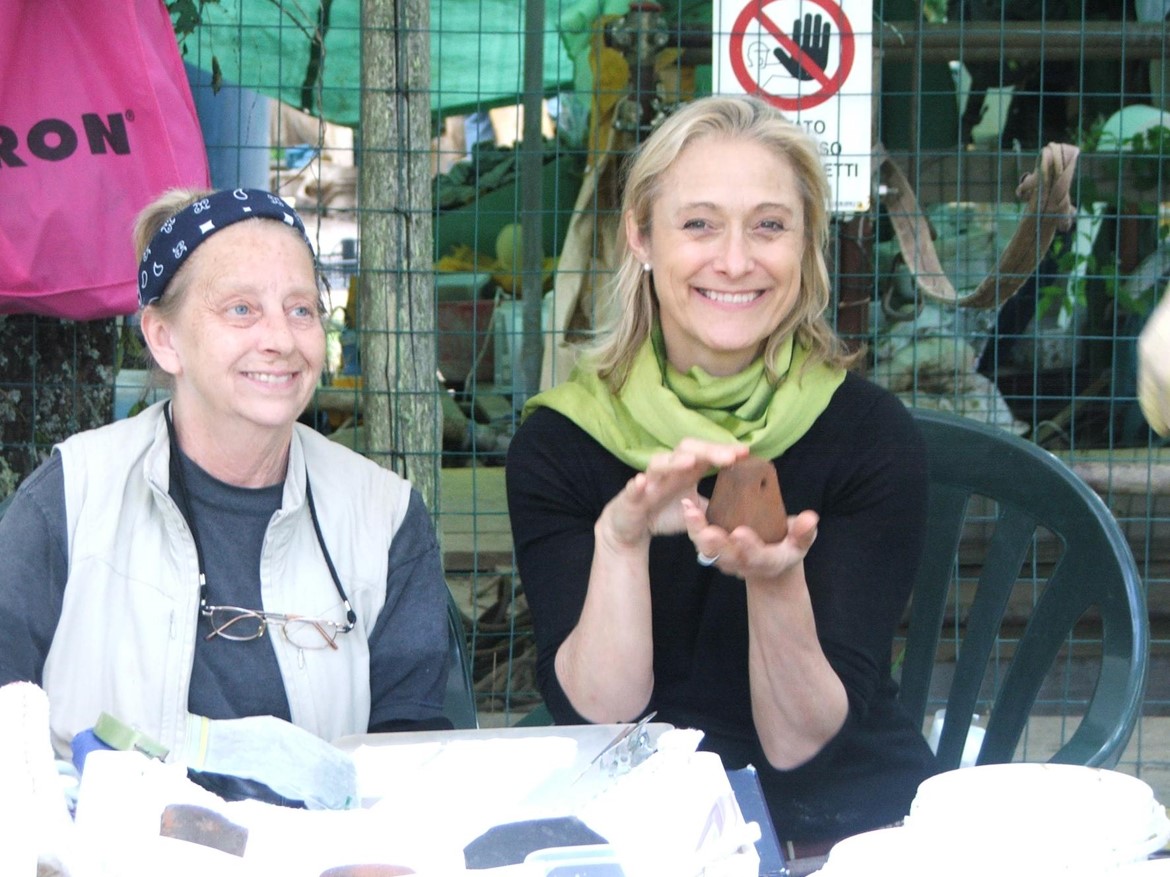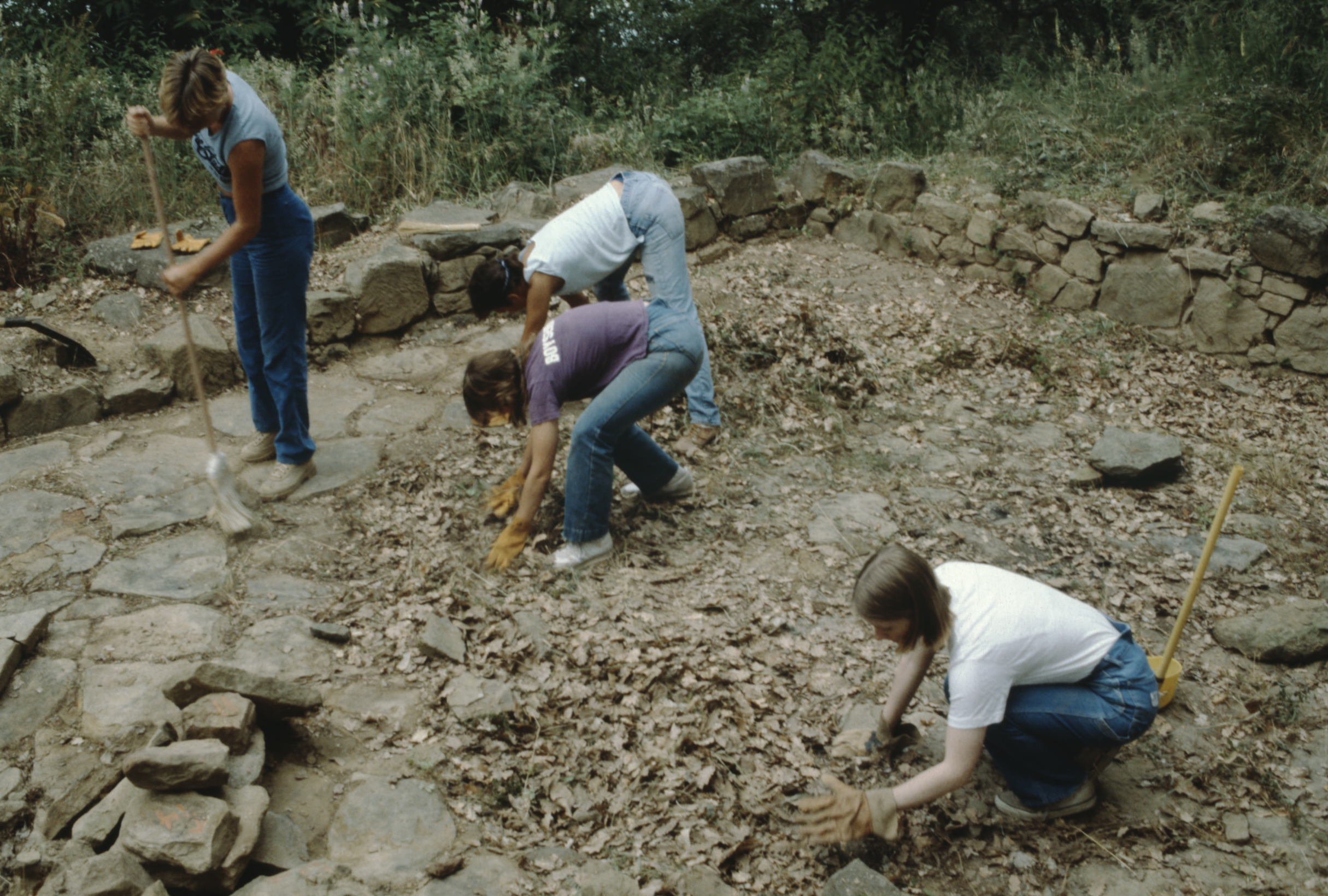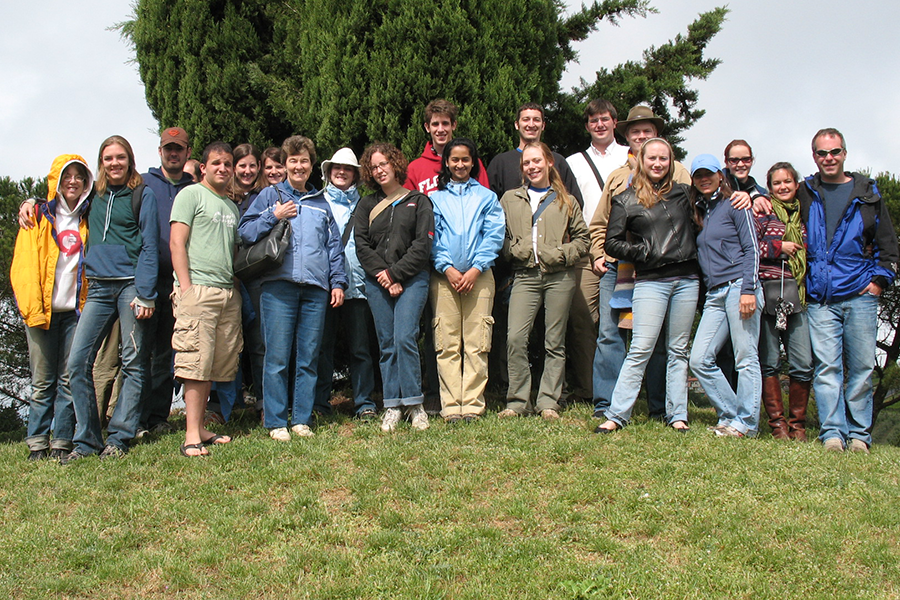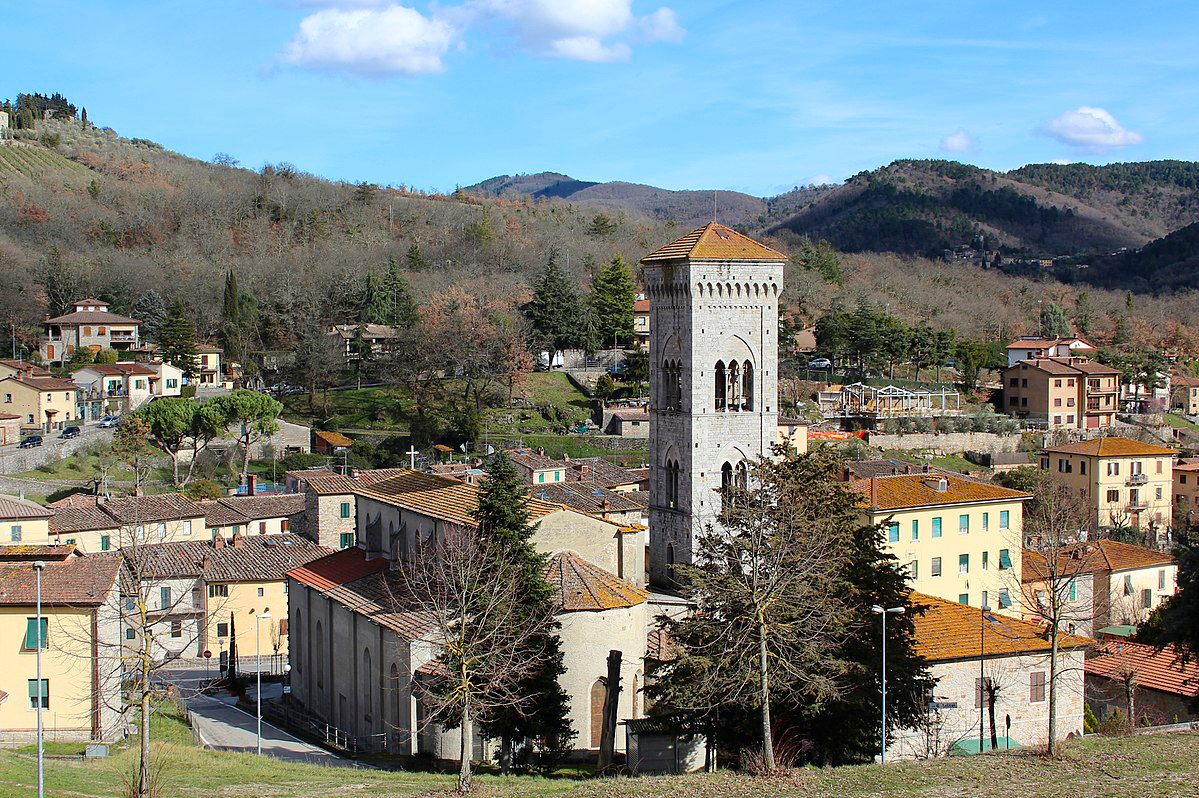50th Anniversary Celebration
Friends of Cetamura
Cetamura Wine Tasting Fundraiser – Oct. 14

We’re celebrating! To kick off the 50th anniversary of FSU’s Excavations at Cetamura, Dr. Nancy de Grummond (FSU Classics Professor) and Gregg Anderson invite you to join us for an evening wine tour of Chianti. You’ll sample three wines from Badia a Coltibuono paired with appetizers while learning more about some of the amazing archeological discoveries soon to be on permanent display at the Museum at the Origins of Chianti in Gaiole, Italy.
A suggested $25 donation to help support ongoing research and FSU student scholarships can be paid at the door. Seating is limited and reservations are required. The event is open to members of the FSU and Tallahassee community ages 21 and over.
Plans are well underway for the 50th Anniversary Celebration of FSU’s involvement at Cetamura and the inauguration of the new Civic Museum at the Origins of Chianti in Gaiole, Italy, which features Cetamura’s spectacular archeological discoveries.
Our VIP tour is now organized, and we invite you to view the itinerary below. We hope you will join as for the exciting week of activities that includes the inauguration of the museum (June 9, 2023) as well as Open House at the site of Cetamura and our lab at Badia a Coltibuono.
We have launched our exciting and ambitious fundraising campaign to raise $500,000 to secure the future of critical archeological work by our FSU students, staff, and faculty, to develop innovative museum exhibitions and events, and begin conceptual planning to provide public access to Cetamura as an archeological park. Please visit our FSU Spark page and contribute to help us to raise the first $35,000 toward our goal.
And please follow us on this website and on our Instagram to stay in the know!
Fifty years ago, Florida State University began excavation at the site of Cetamura del Chianti, located in the Italian region of Tuscany. Since then, hundreds of students from FSU and other schools as well have had the unrivaled opportunity to participate in excavation and preservation work at Cetamura as well as museum exhibitions and research.
In May and June, 2023, we will be back on site, digging with our regular crew of students from FSU International Programs. In addition to holding an Open House event with tours of the site and the lab, we will also host a unique occasion, the official inauguration of the new museum at nearby Gaiole, the Museum at the Origins of Chianti. Within this space, numerous finds from Cetamura will be integrated into displays related to the history and archaeology of the special region known as Historic Chianti.
Another aspect to celebrate is the relationship between the Cetamura program and the FSU Study Center in Florence. Fifty years ago in 1973, the excavation was a course in the Florence program: The students would come out for a long weekend, dig passionately, live in tents, eat soup they cooked over the fire, then go back to Florence to prepare for classes during the week. In 1978, Cetamura transitioned into a summer field school. Gregg Anderson, one of the students on the dig in 1979, has taken on the task of chairing our 50th Anniversary Committee in planning all the events for the special Cetamura Week to be held June 4-10.Of course, Gregg and I hope you will consider making a donation so that we may continue what we started 50 years ago! Click here to donate.
Our VIP tour has now been organized and we invite you to check out the itinerary and give serious consideration to joining the group! [LINK to BROCHURE] Of course, you may wish to plan and book travel on your own to attend the inauguration of the museum and the Open House at the site and lab, all open to the public.
If you’d like to receive further details about any aspect of this year’s celebration, opportunities, and our exciting Tuscan trip to tour Cetamura, send me a note at [email protected].
Hope to see you soon,
Nancy (aka Dr. de)
As Cetamura approaches its 50th anniversary, it is time to celebrate all its supporters and participants in the excavations and research through the years. This page is intended to present 50 friends, 5 at a time at least once a month, starting with those who were connected in the earliest years (the 1970’s and 1980’s) and finishing with some of the most recent enthusiasts. Many thanks to everyone who has shown so much dedication!
Here are 5 of the earliest Cetamurans!
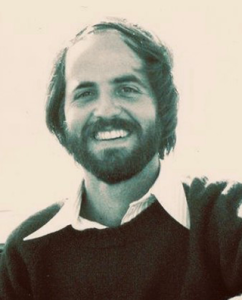
Clark Sykes
Clark Sykes was the first field director at Cetamura, for the initial 1973-1974 seasons. John Reich, a professor at the FSU Florence Study Center, offered him the job of field director, because of his experience excavating archaeological sites in the U.S.
Clark arrived in Florence in August, 1973, and quickly set about securing proper equipment for the excavation, surveying the site, and setting up a lab in a church basement in San Giovanni Valdarno. Once the students arrived, they established a tent camp at Cetamura, and he began working on training the crew in the basics of archaeological methods and techniques. They spent most weekdays excavating the initial test pits and trenches and weekends at the lab, cleaning and cataloging recovered artifacts. Work aside, Clark has wonderful memories of listening to opera on the hilltop with students, visits from the Stucchi Prinetti family, and dinners at the Badia a Coltibuono. Without question, his experiences at Cetamura and in Italy were defining moments in his life. Clark taught anthropological archaeology at colleges in Virginia and at Massachusetts and left academics in 1983 for a career in high tech, retiring in 2011.
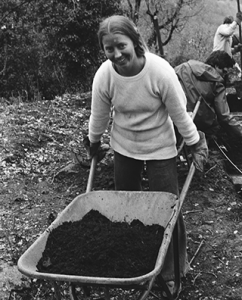
Cheryl Sowder
Cheryl L. Sowder received her B.A. in Art History and her M.A. in Classics (1978) from Florida State University, and went on to become Associate Professor of Art History at Jacksonville University. While attending the FSU Florence program in the spring of 1976, she served as assistant to the Cetamura field director, Prof. John Oleson. She later wrote her MA thesis on the Etruscan utilitarian pottery from the site, under the direction of Dr. Nancy de Grummond, and subsequently published her results in Archaeological News, 1984. Cheryl returned to the site as Dr. de’s Assistant Field Director at Cetamura in 1983-84, and then much later from 2011 to 2017, when she served in the epic mission to finish the excavation of the very deep Well # 1. As Registrar for all finds coming out of the well, she made brilliant and detailed records that have facilitated the study of everything found from the Etruscan and Roman levels. She published an article in Etruscan Studies, 2015, on special Etruscan finds from Well #1.
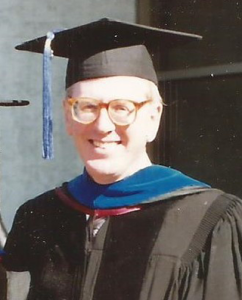
Patrick Rowe
Patrick Rowe became involved with the excavations at Cetamura when he was a student on the FSU Florence program in the fall of 1976, taking the field with Prof. John Reich. He returned as field director in 1978, for the first summer field school, and continued to work at Cetamura in the summers until 1982. In 1979, he produced a valuable FSU MA thesis covering the early work at Cetamura. Pat resumed work at the site as Assistant Director under Dr. de Grummond in 1987, continuing to work each summer up until 2002. He obtained his Ph.D. in 1989, with a dissertation on Etruscan temple architecture directed by Dr. de. Through the years he supervised the creation of the first and still most authoritative map of the site, meticulously recording the walls uncovered.
Dr. Rowe taught at Pensacola State College and the University of West Florida in the period 1983-2010, during which years he became a skilled and distinguished collector of works of art, in particular prints. He has frequently shared his collections with the public, arranging for exhibitions of originals by Alphonse Mucha, Hokusai, Daumier, Aubrey Beardsley and Bill Mauldin.
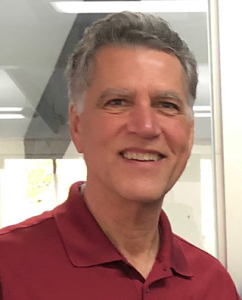
Gregg Anderson
Gregg Anderson is the recently retired President of Wyndham Hotels and Resorts’ Registry Collection Hotel brand. He is a 1978 graduate of Florida State University with a degree in Mass Communication. Gregg was first introduced to Cetamura while studying with Dr. John Reich on the FSU Florence program in 1977 and returned to Cetamura to participate in the second Summer Field School in 1979. He spent most of those six weeks working inside Well # 1 on Zone I.
Gregg spent 14 years in various roles at Wyndham after a successful career in marketing and brand strategy with the Walt Disney Company in Japan and the US. Earlier in his career Gregg served as Marketing Director for the Pinellas County (Florida) Arts and Humanities Council, was a board member of Habitat for Humanity of the Sand Hills (North Carolina), and was a long serving local executive with the Boy Scouts of America.
Gregg lives in Windermere, Florida with his wife Shawn and is a Rotarian, trying to live every day adhering to the organization’s motto of “Service above Self.”
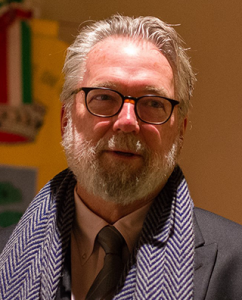
Charles Ewell
Charles Ewell fell in love with Italy as a youth and has lived there much of his life at his family estate at Borro al Fumo, not too far from Cetamura in the commune of Gaiole in Chianti. “Carlo” was a member of the first FSU summer field school in 1978, and returned to Cetamura many times through the years to work in other seasons. He received his B.A. in Archaeology from Yale University (1975), an M.A. in Anthropology from George Washington University (1981) and a second M.A. in Architectural History from the University of Virginia (1991). He obtained the Ph.D. from Florida State University with a dissertation on An Etruscan Hellenistic Workshop: The Kiln and Artisans’ Zone at Cetamura del Chianti (2000), directed by Dr. Nancy de Grummond. From 1990 to 2001 Dr. Ewell served as Associate Field Director at Cetamura, returning again in 2010-2018, with students from his classes at Syracuse University and New York University in Florence. He published an article on the kiln, Structure K, in Etruscan Studies, 2014.
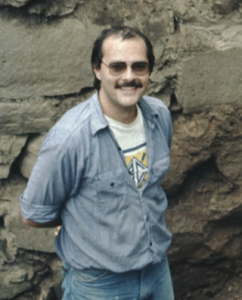
Dave Funk
David George Funk is a retired archaeologist who worked at Cetamura summer after summer from 1983 to 2002. Dave received his master’s degree in 1990, writing a thesis that was a fundamental early study of ancient glass pieces from the site, The Glass Artifacts of Cetamura del Chianti, Italy (1973-1987). His chief research interest was the events of the 1st century BCE in the Sienese Chianti, the years which saw the steep decline of recognizably Etruscan culture in ancient Tuscany. This was the topic of his doctoral dissertation, The Creation of Roman Etruria (2001). Known affectionately and quite correctly as “Dr. Funk,” he seemed to cast a spell on every trench where he dug, and through the years unearthed more significant artifacts than any other member of the crew. Year after year, he was recognized for the Golden Trowel at the farewell dinner awards night.
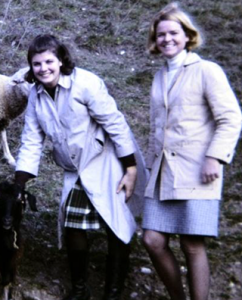
Harriet Coverston
Harriet Coverston studied at the FSU Study Center in Florence the year it opened, 1966-67. She was a “mud angel”, who worked at the Biblioteca Nazionale pushing mud out of the books following the great Florence flood. Harriet met Nancy de Grummond at the celebration of the 50th anniversary of the Florence Study Center in February, 2016. Nancy invited the Angels to see artifacts at the Florence facility. Harriet was also invited to visit the site of Cetamura, which she calls an amazing experience.
Harriet majored in math and graduated from FSU in 1967. She is a computer scientist specializing in High Performance archiving file systems. She worked at Lawrence Livermore National Laboratory from 1967-1974 and for Control Data Corporation from 1974-1986. In 1986, she cofounded LSC, where she architected and implemented SAM-FS, an advanced storage management system, and QFS, a high-performance file system. She was a Distinguished Engineer at Sun Microsystems where she designed and implemented Shared QFS, a SAN file system. In 2011, She co-founded Versity Sofware, Inc., where she is currently the CTO.
Harriet looks forward to returning to Florence in June 2023 to be at the grand opening of the permanent collection at the Cetamura museum.
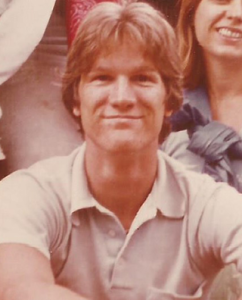
Michael Robertson
Dr. Michael Lee Robertson is Professor Emeritus of Classics and Humanities, and retired Chair of the Humanities Department at Johnson County Community College in Overland Park, Kansas. He first excavated at Cetamura in the summer of 1978, the first year that crew members were housed at the nursery school (Scuola Materna) in Gaiole in Chianti. He subsequently excavated during the seasons of 1980, 1983, and 1985, the last a season of research that resulted in the first comprehensive publication in the important Etruscan journal Studi Etruschi of the graffiti (sigla) inscribed on the pottery at Cetamura. Michael returned to Gaiole for a week in the summer of 2000 for the opening of Cetamura Antica, the first special exhibition of Cetamura. He and the other alumni in attendance were graciously given accommodations at the Castello di Brolio. What a treat that was! Michael also attended the opening of Wells of Wonders at the National Archaeological Museum in Florence in June of 2017 and is looking forward to attending the grand opening of the Cetamura museum and 50th anniversary celebration of the FSU field school in June 2023
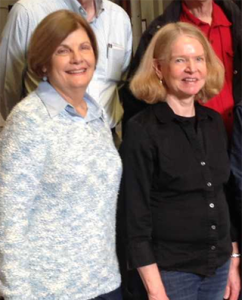
Margie Thompson
Margie Thompson was born and raised in Miami, Florida, attended the 1966/67 inaugural year of the FSU/Florence Study Center, and graduated from Florida State University where she earned a degree in Social Studies Education with minors in Geography and Government. Her overall experiences while in Florence, helping with the recovery of the 1966 Arno Flood, and her exposure to Italian and other European cultures gave her an intense passion to travel. So, upon completing her teaching internship and certification, Margie immediately joined Pan American World Airways as an Italian qualified Stewardess, was quickly promoted to Purser, and subsequently became the Community Action Program Coordinator for Pan Am’s Miami base, working in Public Relations, organizing and hosting social events in the USA and overseas, creating hundreds of volunteer outreach projects for Pan Am employees, along with providing support and guidance programs for flight attendants. At the same time, she acquired her real estate license. Meanwhile, she has been married for 49 years to her wonderful husband, Bryson, who flew as a pilot at both Pan Am and United Airlines, raised two wonderful sons, has two beautiful grandchildren, and continues to travel the world.
While attending the 50th FSU/Florence Study Center gathering in February 2016, Margie had the honor of meeting Dr. Nancy de Grummond, where upon they became fast friends. Not only did Nancy enrich Margie’s life by sharing the story of Cetamura, but the following Fall, while in Florence for the 1966/67 50th Reunion of the class, known as Gli Angeli del Fango, or Mud Angels, Nancy invited Margie and Bryson to the Florence National Archeological Museum to show and teach them about some artifacts found on the excavation site. At that point, they were hooked on all things Cetamura and Etruscan and have been following achievements there ever since. They are awed that Nancy’s vision of opening a permanent display at the Museum at the Origins of Chianti in Gaiole Museum will soon be realized! Attending the 50th Anniversary of FSU’s Excavations at Cetamura Celebration in June 2023 is at the top of their bucket list!!
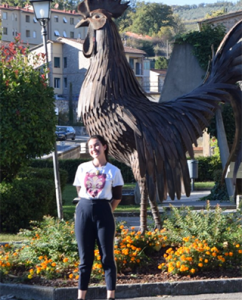
Kaitlin Rizzo
In 2019, Kaitlin Rizzo was the Program Assistant for the Cetamura International Program. In the mornings, they would hike the hill. Together, they would draw back the Earth inch-by-inch. With her trench mates she started memorizing Dante’s Inferno in the original Italian, so everyday they chanted, “nel mezzo del cammin di nostra vita…” as another epoch revealed itself in the dirt layer. They were hardly in the “middle” of their lives, but the summer felt like a precipice all the same. She often drove through the hills, preparing for a conference she helped run and ferried people to-and-from the train station. But even the tasks of the everyday felt weighted by the extraordinary beauty of the place, the program—its people. Kaitlin started her MFA Program in Poetry at the University of Houston shortly after, but for her the summer of 2019 still feels eternal. She could not be more excited for the opening of the museum or more grateful to be a lifelong friend of the Cetamura Program.
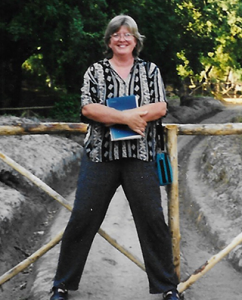
Ceil Bare
For Dr. Ceil Bare, it has been a privilege and honor to be associated with the Cetamura excavation for the past 25 years. She first started in 1997, participating in a study season and excavating in Structure K. After serving as a trench supervisor and lab director at Cetamura, she transferred to FSU’s sister site in San Venanzo (Poggio delle Civitelle) in 2000. In 2008 Ceil began her career at FSU’s International Programs where she was the program coordinator for the Cetamura program. It was in this capacity that she assisted Dr. de with the budgeting, marketing, and administration of the Cetamura program. After retiring from FSU, Ceil was able to return to the field in 2022 as Cetamura’s Lab Director. She is now enjoying retirement with lots of post-COVID travelling and time in her garden.
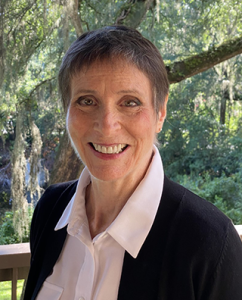
Elizabeth Woodsmall
Elizabeth Woodsmall, Cetamura illustrator 1978 and 1985, received a BA in Classical Languages and an MS in Communications from FSU. She is now a freelance writer/illustrator in Tallahassee and in her spare time does traditional (barebow) archery and volunteers with Veterans and rescue horses.
Elizabeth attended the 1973 FSU Florence program and was friends with several of the first Cetamurans. She then transferred to the FSU Classics program. While taking Art & Archeology of the Early Roman Empire with Dr. Nancy de Grummond in the fall of 1976, Elizabeth’s artistic abilities were noticed. She subsequently drew a number of pen and ink illustrations of Etruscan artifacts for Dr. de Grummond’s publications.
In the summer of 1978, she was illustrator for the Cetamura field school, which was housed in the Scuola Materna (kindergarten) in Gaiole-in-Chianti. Being the only student who spoke Italian and a good cook besides, Elizabeth shopped for and prepared the eveningmeal for 10 students and the director. Lunch was prepared by the extraordinary Tuscan cook named Livia. (The butcher was named Cesare!) The town threw the field school a celebration, and Elizabeth baked two American pies (apple and peach). The baking pans they provided were huge (16 inches each). It was a dessert not known in Italy, so the pies very well-received
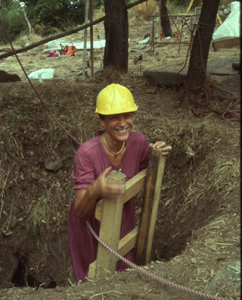
Emanuela Stucchi Prinetti
Emanuela Stucchi Prinetti grew up at the Badia a Coltibuono; since 1846 her family has owned the property upon which Cetamura is situated. At a certain point of her life it was as if the story of Coltibuono had come out of the womb of the earth and grabbed her! Emanuela thanks Professor Nancy de Grummond and her team of archaeologists. For her, to be called to witness the excavation and directly see wonderful objects forged with skill and art by people of 2300 years ago is a thrill that shook her beyond her skin.
The arrival of the archaeologists was due to the impulse of sensitive people, passionate about their land who knew how to grasp the truth of stories that were handed down from ancient times: their inexhaustible curiosity led to the first discovery of Cetamura. Evidence of commitment towards the site is scattered throughout the past and present history of Emanuela’s family. It is no surprise that in 1972 her grandmother Marilù Giuntini, together with her parents, Piero Stucchi and Lorenza de Medici, actively helped to create the partnership between Florida State University and the Italian Ministry of Archaeological Heritage to commence the excavation project of Cetamura. Emanuela’s role is to maintain this legacy, championing the creation of a Museum dedicated to this history.
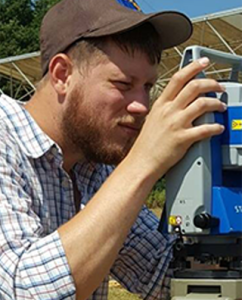
Kurtis Butler
Kurtis Butler is a cartographer and archaeologist. He began working as the cartographer for Cetamura in 2018. Kurtis holds a bachelor’s degree in History (University of Wyoming 2014) and a master’s degree in Geography (UW 2018). He currently works as a geospatial developer for the Wyoming Geographic Information Science Center, at the University of Wyoming. His research interests include Roman and Etruscan roads, ancient infrastructure, ancient travel, GIS in archaeology, map creation and usage in archaeology, geospatial analysis, and photogrammetry. Kurtis has a passion for finding innovative ways to modernize the archaeological site with technology. He first started digging (and map-making) in Italy in 2013, at the Villa Romana del Vergigno Archaeological Project.
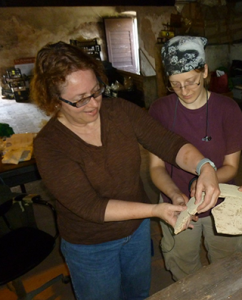
Lora Holland Goldthwaite
Lora Holland Goldthwaite is Professor of Ancient Mediterranean Studies in the Department of Classics at the University of North Carolina, Asheville. Her primary research interest is Roman religion, particularly of the Roman Republic. Nancy invited Lora to Cetamura as a consultant on Roman religion in the summer of 2010. Lora returned every summer thereafter for the next several years, digging in the trenches and working in the lab, which at that time was in a small building near Brolio Castle in the Comune of Gaiole. The lab was moved to the oil pressing building (frantoio) of the Badia a Coltibuono in 2013, when the final phase of the excavation of the deep well no. 1 was gearing up and Lora and others processed many hundreds of artifacts for the next two years. In 2015 the “Treasure of Chianti,” with 174 silver Roman Republican coins, was discovered. Because of her great knowledge of the Republic, Dr. Holland Goldthwaite was the ideal staff member to carry out major research on the find. Lora began then her work on the coins, which continues to this day. She notes that Cetamura will be dear to her heart forever.
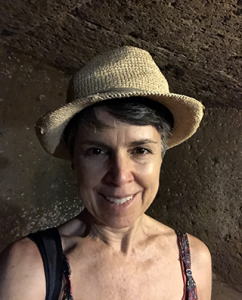
Nicole Cuddeback
Nicole Cuddeback began teaching literature and writing in Florida State University’s Florence program in 2002. In the years following, she fell in love with the ancient world, a passion that brought her into contact with Nancy De Grummond whose scholarship and work at Cetamura Nicole found deeply inspiring as she worked to complete degrees in Classical Archaeology at the University of Florence. Held back by those years of studying and teaching, Nicole has only recently been able to begin to play a more active role at Cetamura, in particular, lending a hand in the study of Cetamura’s Refuse Pits. Currently Nicole teaches the courses Art and Architecture of Ancient Italy and Ancient Mythology East and West, along with her original literature courses, in Florida State University’s Florence program. She greatly looks forward to continuing to support and participate in Florida State’s exciting work at Cetamura.
Fifty Finds and other highlights from 50 years at Cetamura
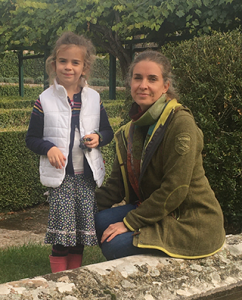
Nora Marosi
Nora Marosi is an archaeological conservator graduated in Italy and received her Master’s degree from Northumbria University in the UK. She’s been working with Cetamura and Prof.De Grummond for over 20 years at Studio Arts College International’s Conservation Department. First as a student and assistant of Prof. Renzo Giacchetti and later as a professor teaching to students how to care and preserve Cetamura artifacts for future generations. She had the opportunity to prepare, transport and assist in setting up hundreds of artifacts for four Cetamura exhibitions in the last years. Since Nora lives in Tuscany she has been a link and facilitator with the Italian Archaeological Agency (Soprintendenza) and numerous local scientists and professionals working with the site. The most fulfilling projects for Nora were the conservation-restoration of the waterlogged materials from the 2 wells and the very special ‘year of treasures’ 2015, when her daughter was born and the Cetamura Roman silver coin depository discovered. Since 2022 Nora has the honor to teach at FSU International Programs in Florence.
Between now and the 50th Anniversary Celebration, we will highlight fifty finds from Cetamura and other memories over the last fifty years on our Instagram. Follow along to see spectacular artifacts and take a walk down memory lane.
